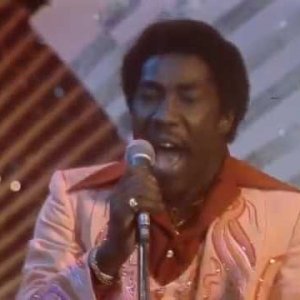Brennan Center for Justice
Just Facts: The U.S. Prison Population Is Down (A Little)
The decline was the result of prisoner reductions in 24 states and the federal system outpacing prison population increases in 21 state prison systems (data to calculate year-to-year changes was not available for five states). The current imprisonment rate of 471 prisoners per 100,000 residents is the lowest in more than a decade.
On the whole, state prison populations have been consistently falling since 2009. By contrast, the federal prison population continued to grow until 2013. This year marks the second year in a row the federal prison population dropped.
Declining prison populations should be good news, for both offenders and the taxpayers who pay to house them. So why don’t we see either group cheering?
The answer is that taxpayers are still footing a big bill, just from a different creditor. While prison populations are shrinking, jails are rapidly adding occupants to their rolls – meaning that on net, the government has realized very little cost savings. Meanwhile, those who avoided prison aren’t remarkably better off, general landing in jails. Furthermore, those who remain in prison are serving out longer sentences.
While those prison savings were accruing, jail costs were undoubtedly rising.
The decline in prison population is still an indisputably positive development in the effort to end mass incarceration. The prison population has now fallen four of the last five years and these decreases suggest that parts the criminal justice system have begun to adopt a smarter approach to punishment. Rather than wantonly assigning long prison terms, more jurisdictions are diverting low-level offenders to jail and community supervision programs.
Still, the pace of reform is painfully slow and not everyone has reason to applaud the data in Prisoners 2014. Among those likely to be disappointed are currently incarcerated federal prisoners. For them, not much has changed:
- Just Facts: The U.S. Prison Population Is Down (A Little) | Brennan ...
https://www.brennancenter.org/blog/us-prison-population-down-little - 55k - Cached - Similar pages
Oct 29, 2015 ... That's down by 15,400 people or one percent from the previous year ... Applying these estimates to reduction
This information corroborates with the article I posted, as it explains:
"... On the whole, state prison populations have been consistently falling since 2009. By contrast, the federal prison population continued to grow until 2013. This year marks the second year in a row the federal prison population dropped ..."
...





